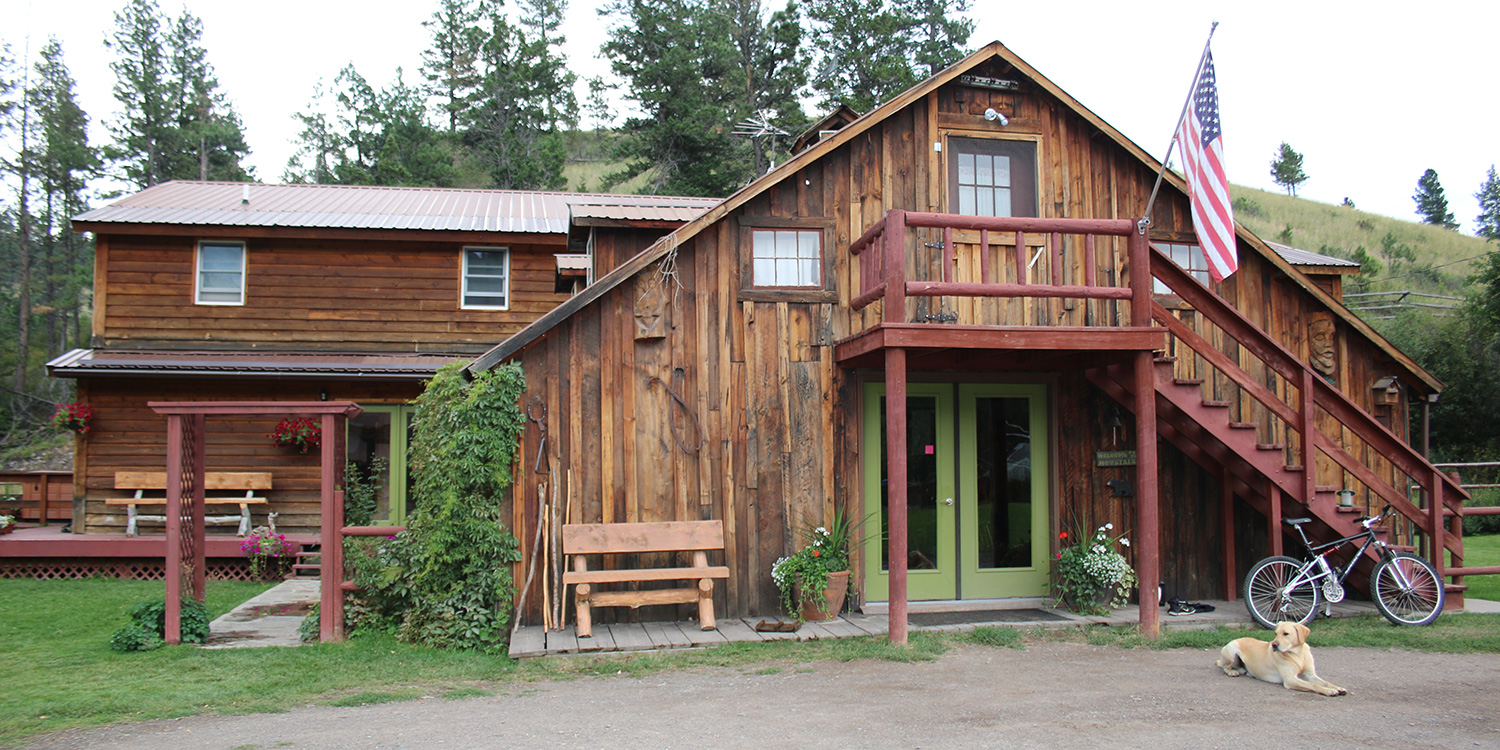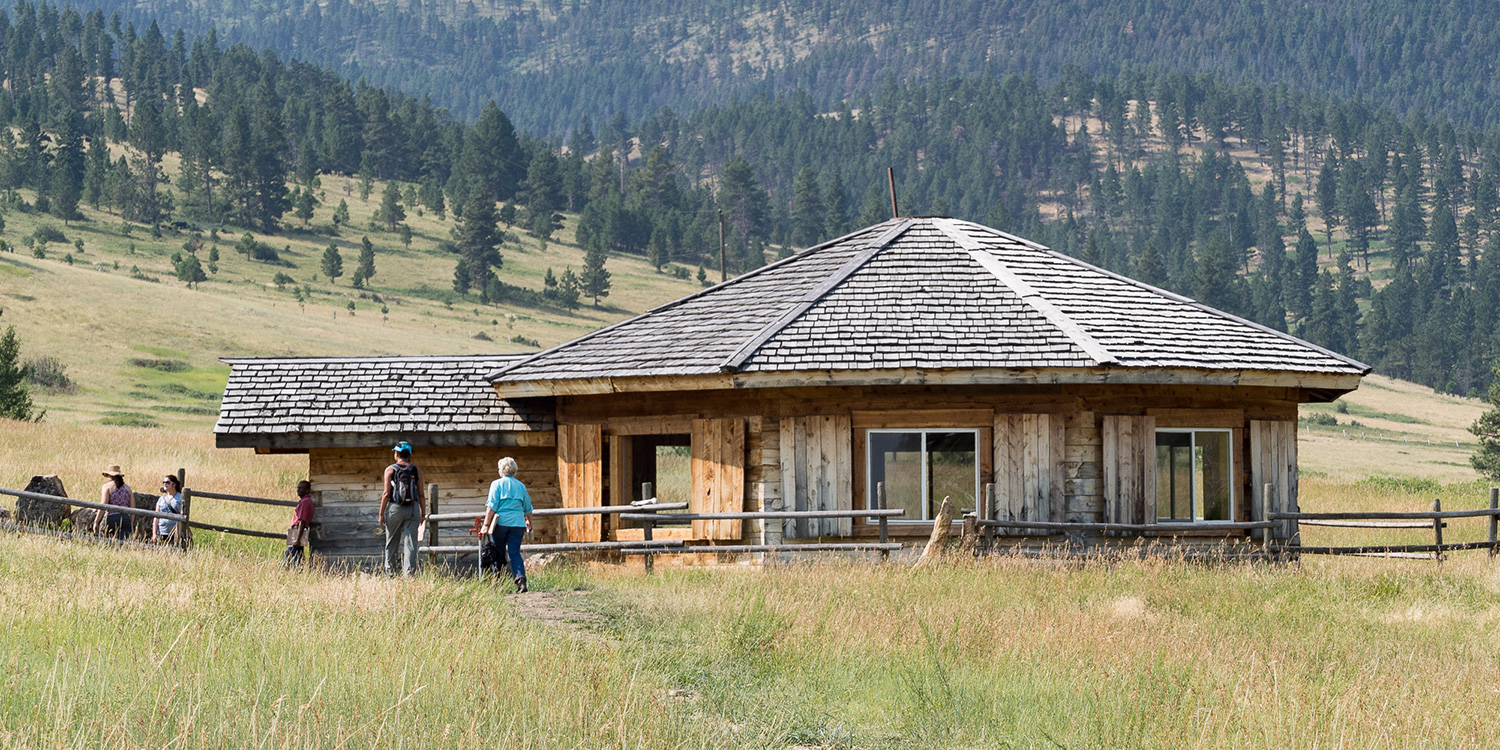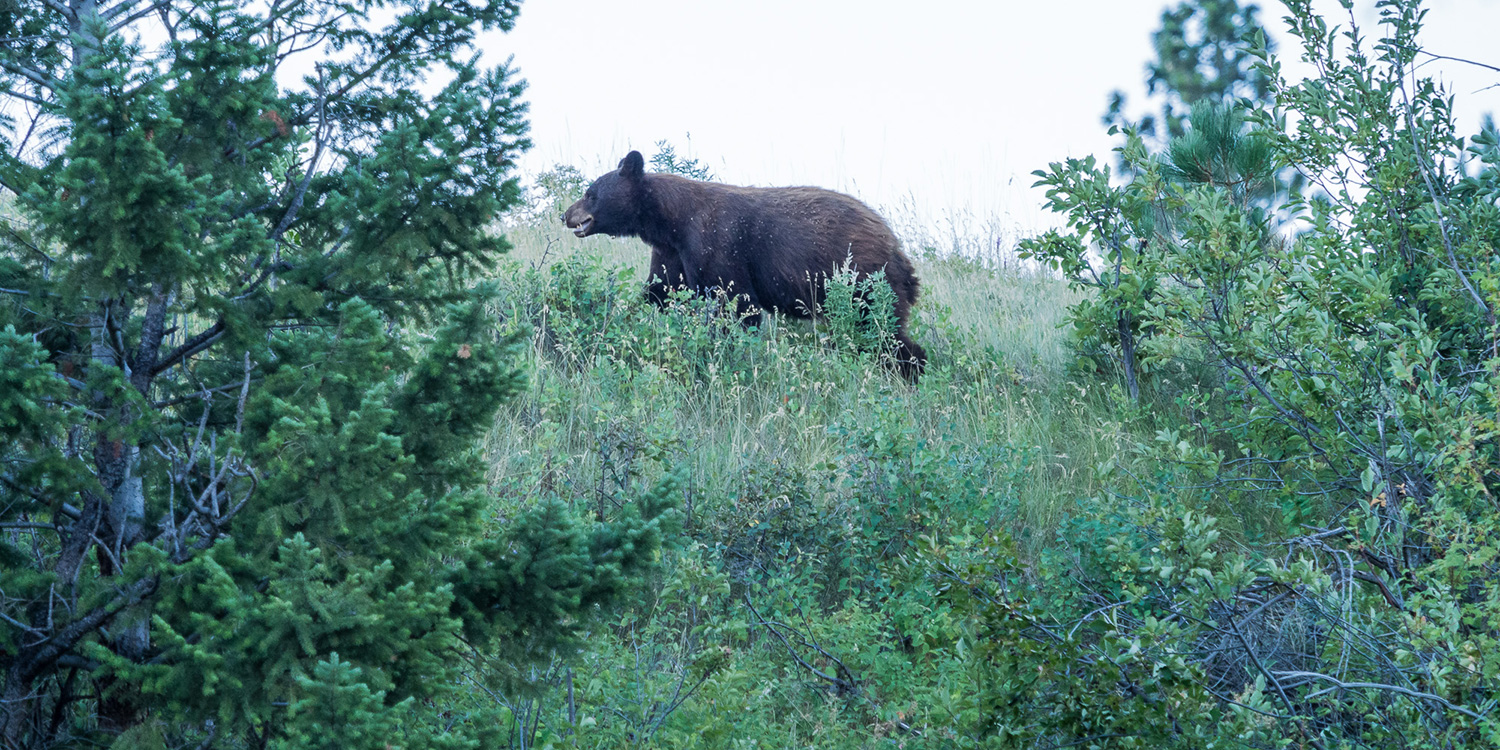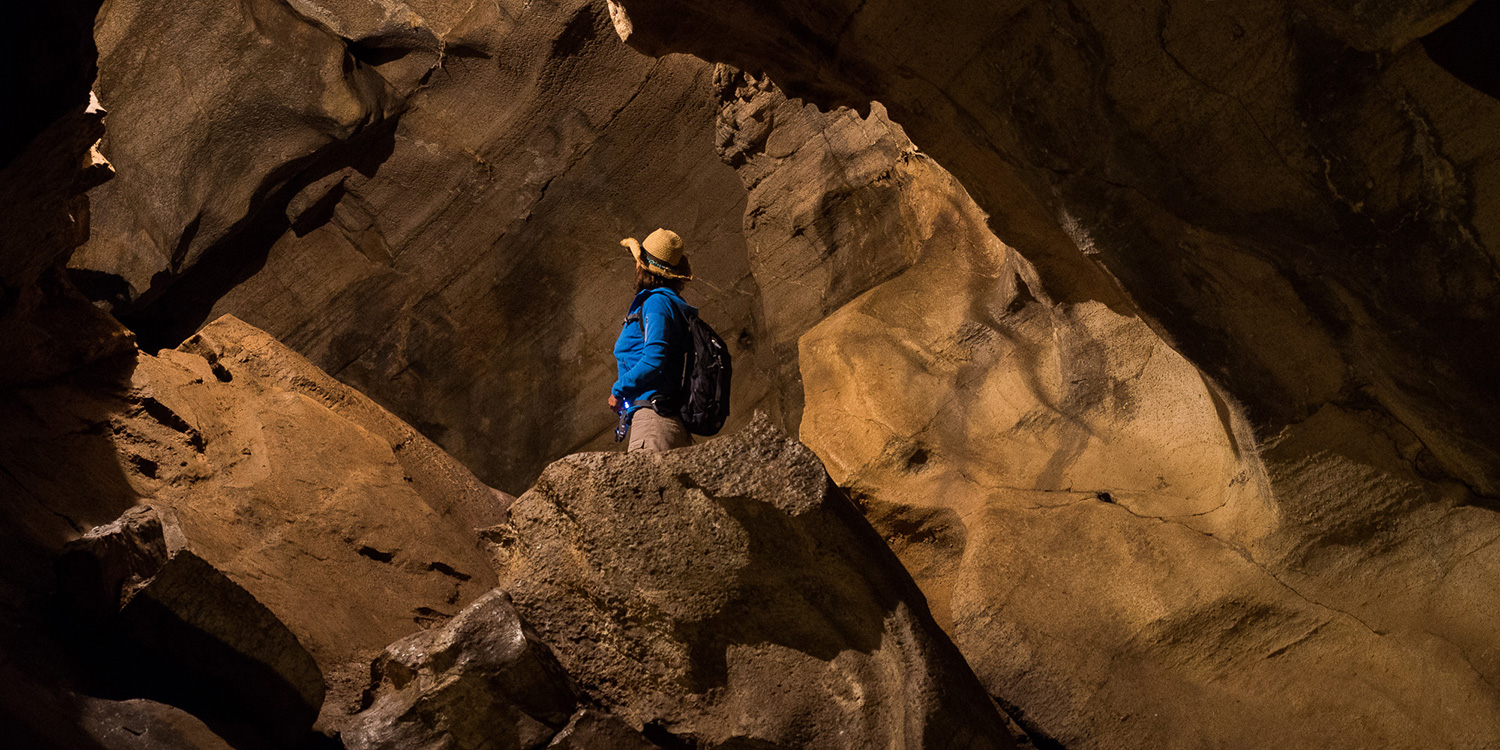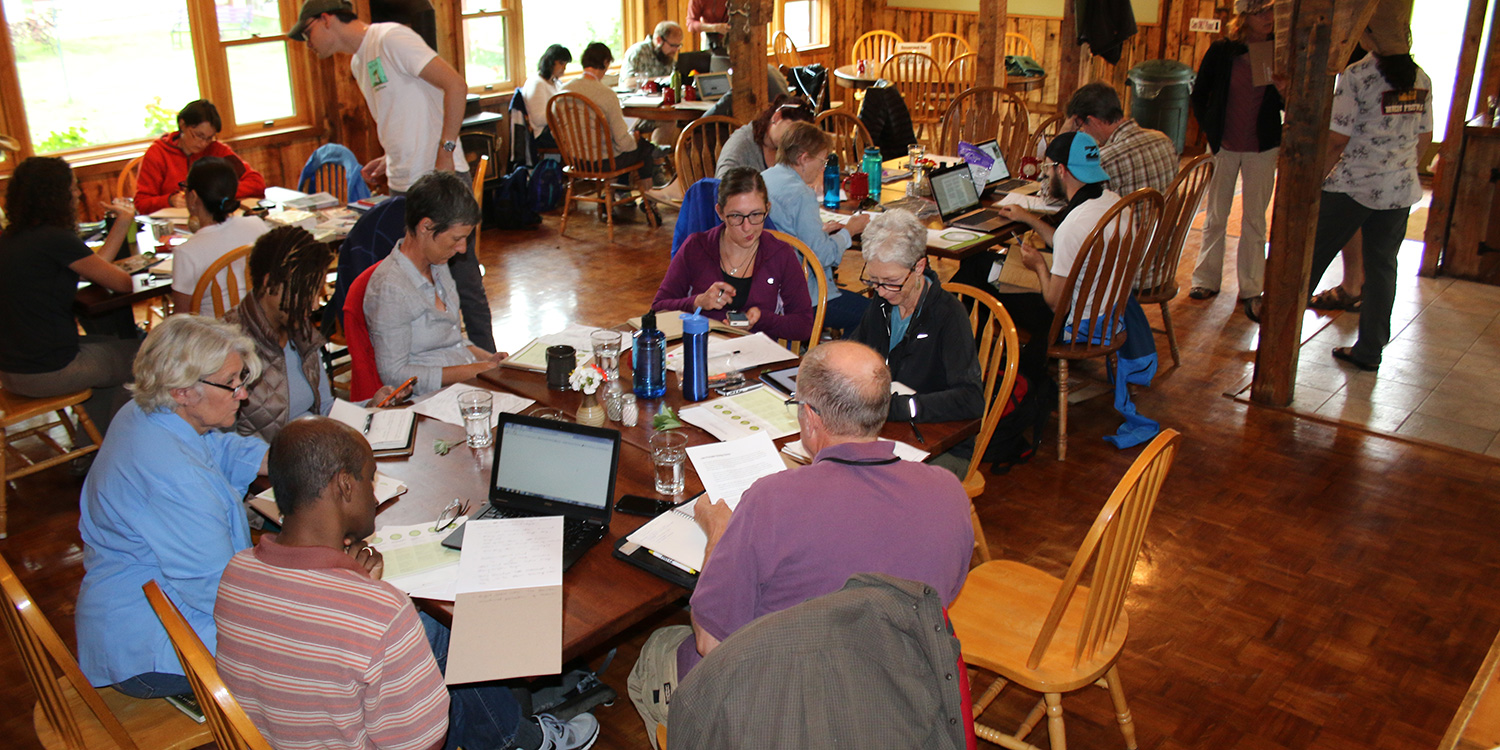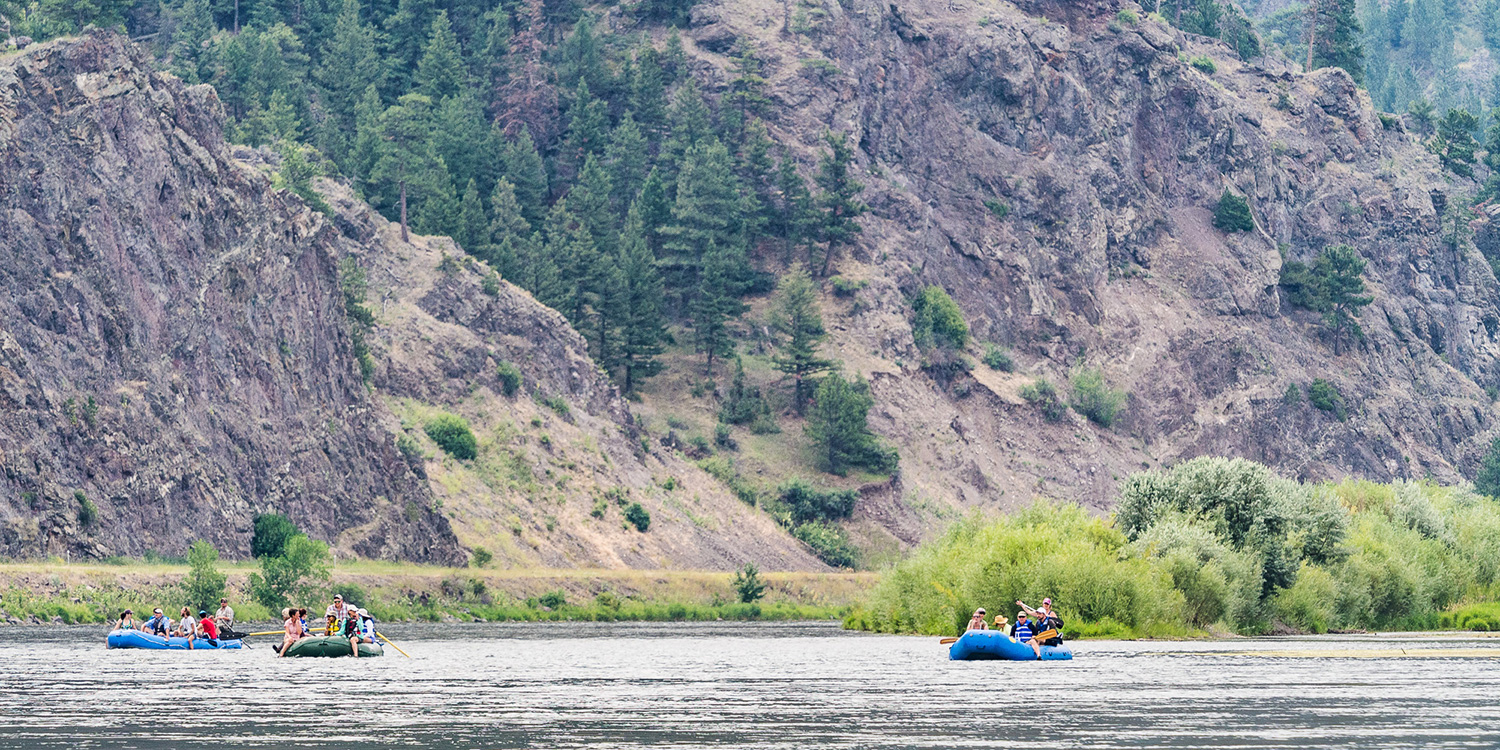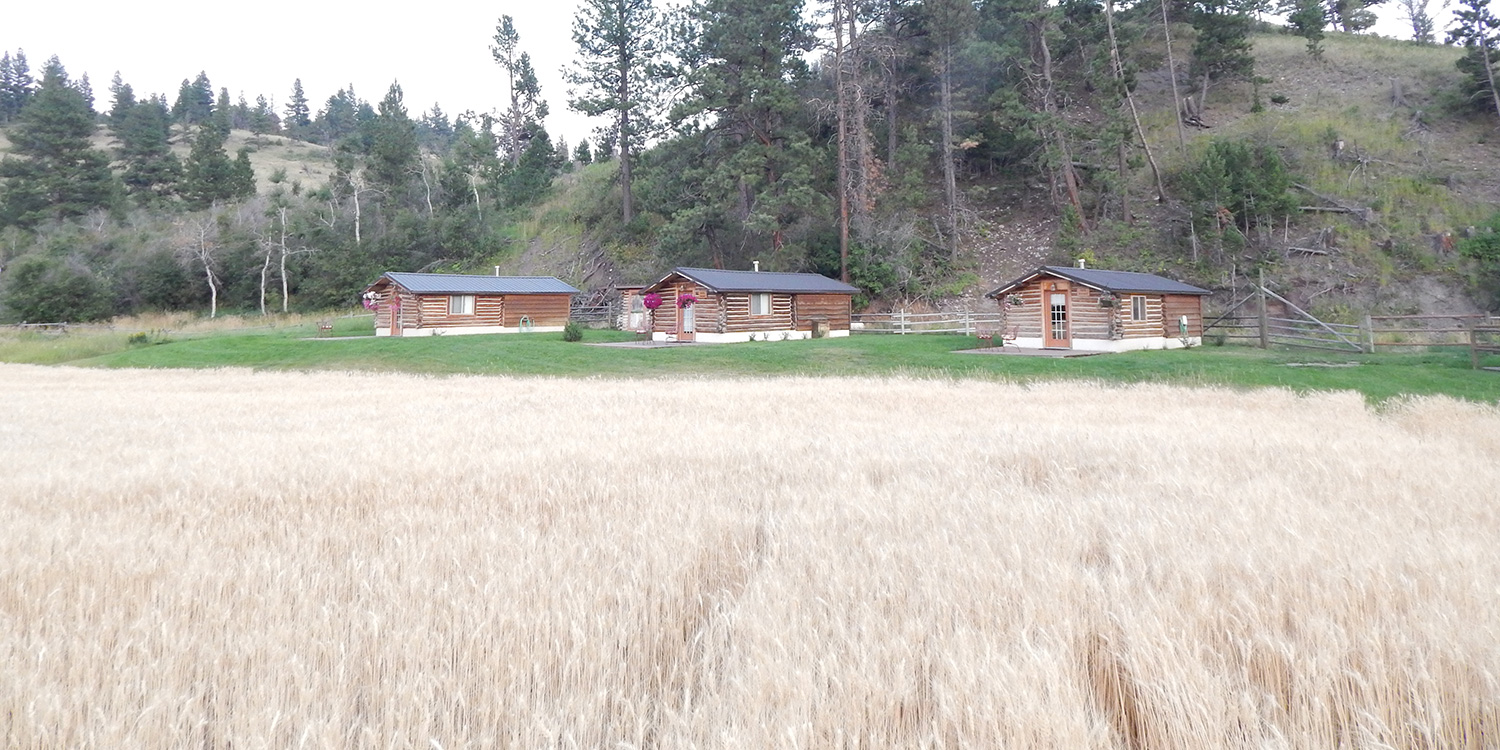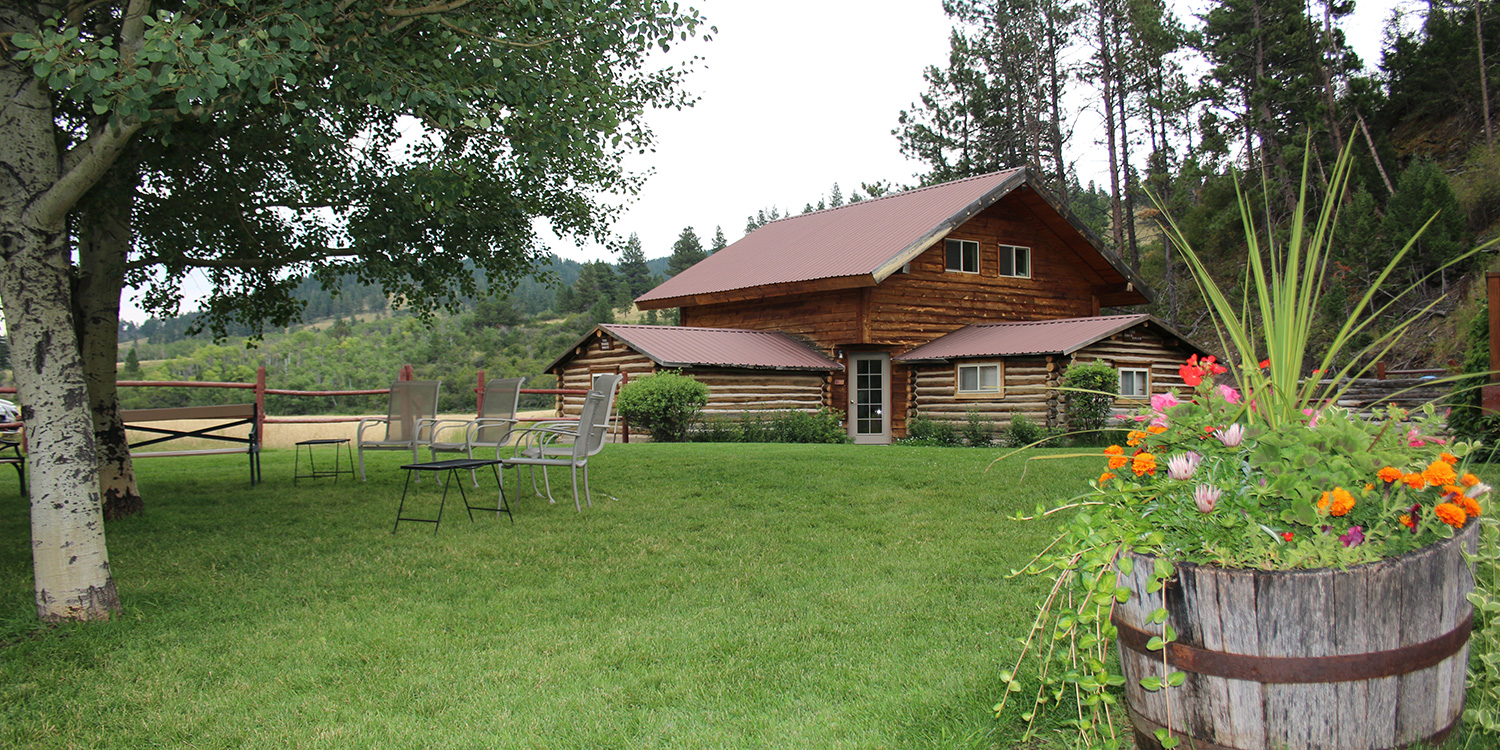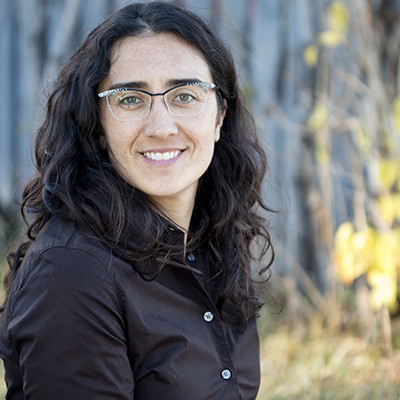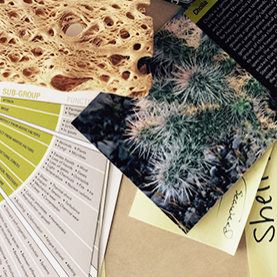The all-inclusive price for the workshop includes delicious, organic, and locally harvested breakfasts, lunches, dinners, and snacks; overnight accommodations for five nights; all activities during the week; tuition and course materials; transportation from the Helena, Montana airport(at a set time); and administration costs. The price varies based on the rooming type you select. All rooming types are limited and first come, first served. See photos of the lodge and cabins on Blacktail Ranch’s website. Reserve your seat for only $500. Full payment is due March 30, 2018.
Shared Double or Triple Room in the main lodge | $3,475
The main lodge, built in 1928, is the center of the Blacktail Ranch and retains the rustic beauty and warmth of a traditional western lodge. Each bedroom is simply furnished with two or three beds. There are shared men’s and women’s bathrooms in the hallway.
Private Room with shared bathroom | $3,600
A private room with a queen bed in either the lodge or Raymer cabin. Bathrooms are shared.
Private Cabin en suite | $3,900
These private cabins have large bathrooms with jacuzzi tubs, deluxe and comfortable beds, decks with great views, a microwave and coffee maker. Limited availability.
Discounts–Limited Availability!
All discounts have limited availability, are offered on a first-come, first-serve basis, and may not be combined.
- Student discount: Enrolled university students save $250. Must upload copy of current student ID upon registration.
- Biomimicry Global Network member discount: Members of a local Biomimicry Global Network save $250. Must upload brief, written endorsement from local network leader upon registration.
- Group Discounts Thinking of sending your team? Take advantage of our group tuition discounts. Email workshops@biomimicry.net for more information.
-
- 3 Participants: 10% Off
- 4 Participants: 15% Off
- 5+ Participants: 20% Off
Convince your boss by downloading and sharing our new PDF that outlines the professional benefits and value biomimicry immersion workshops can add to any organization. Download Convince Your Boss pdf here.
